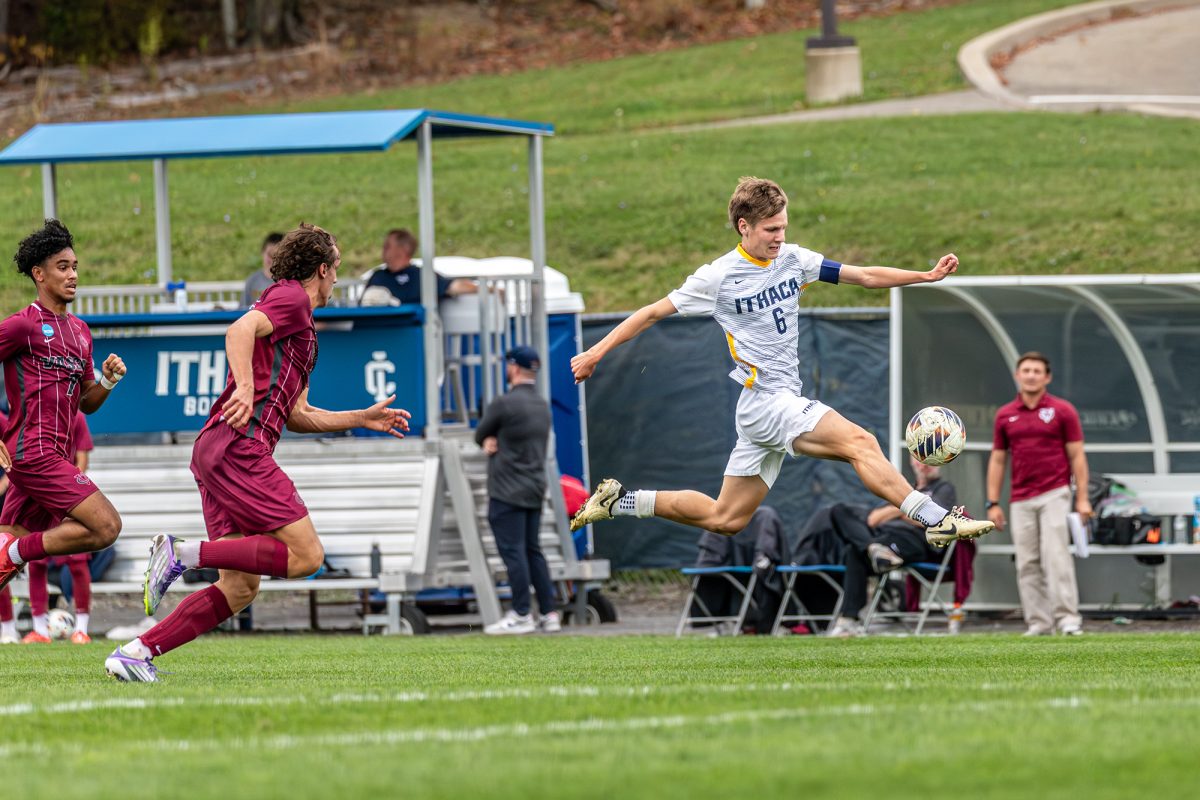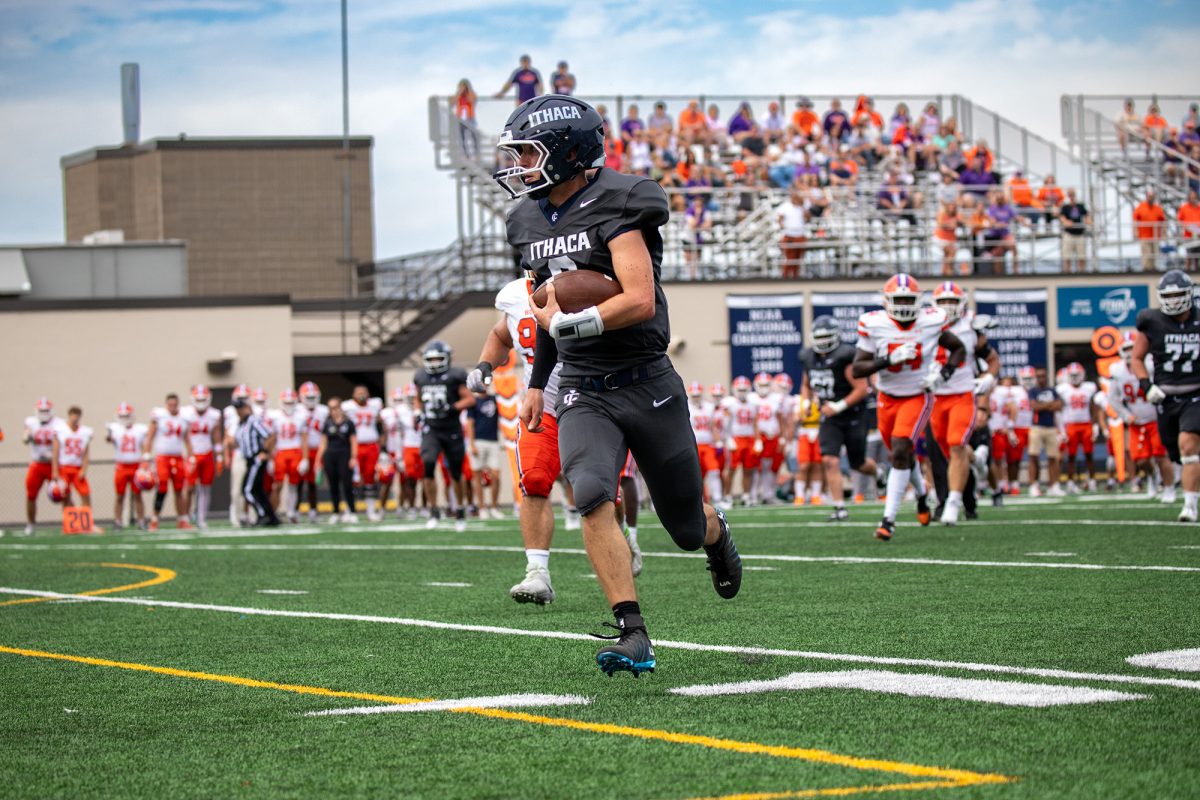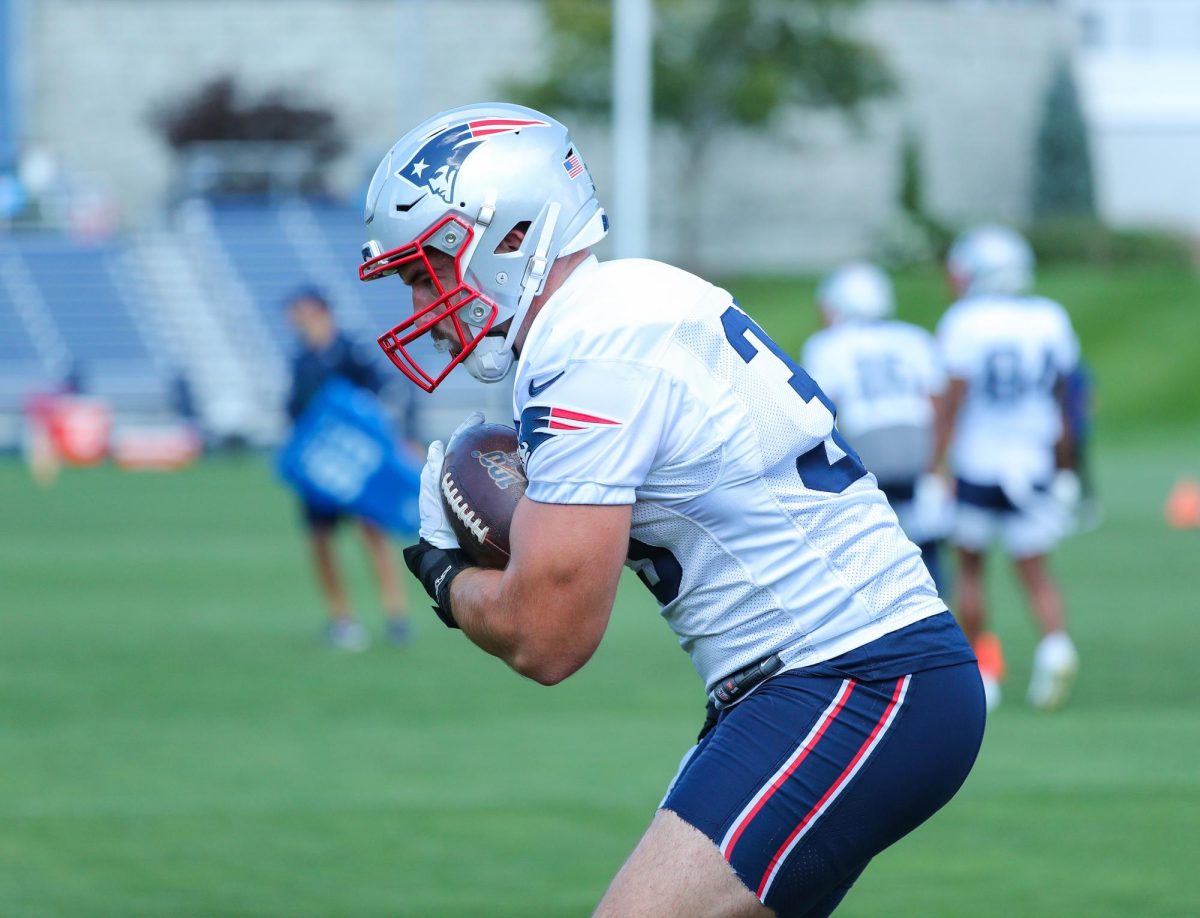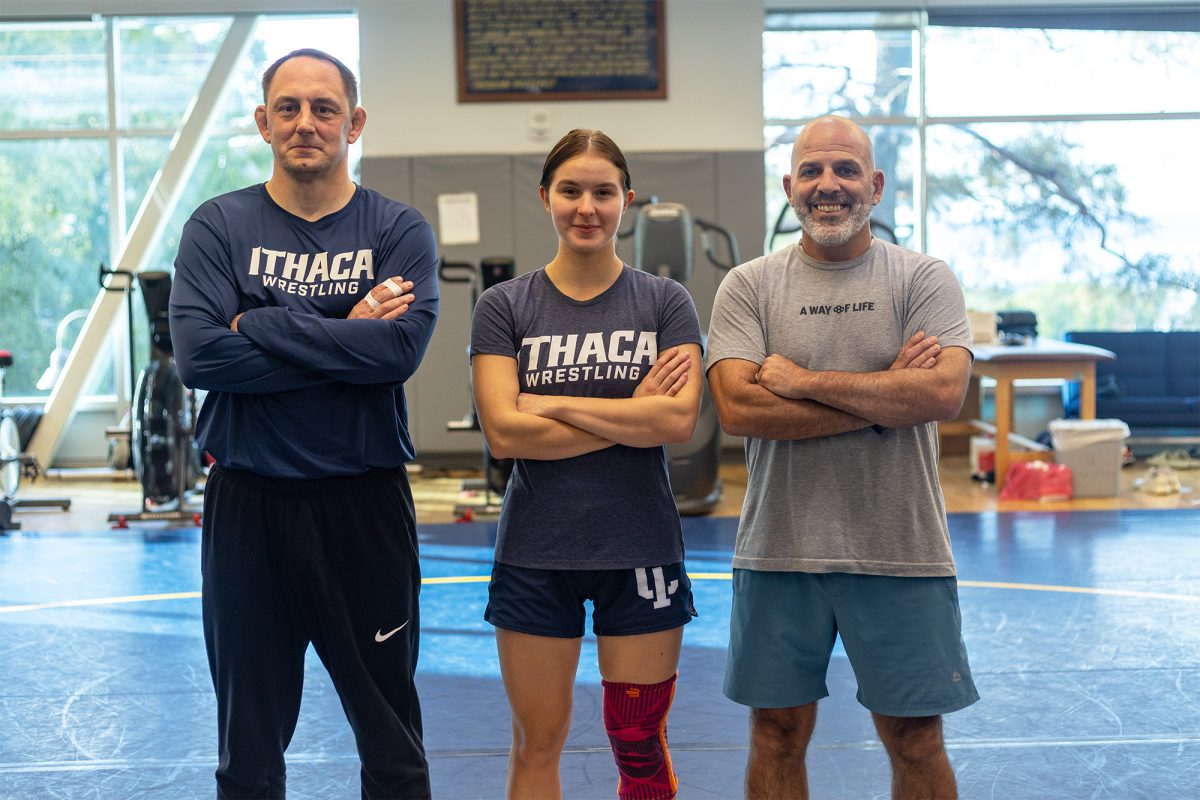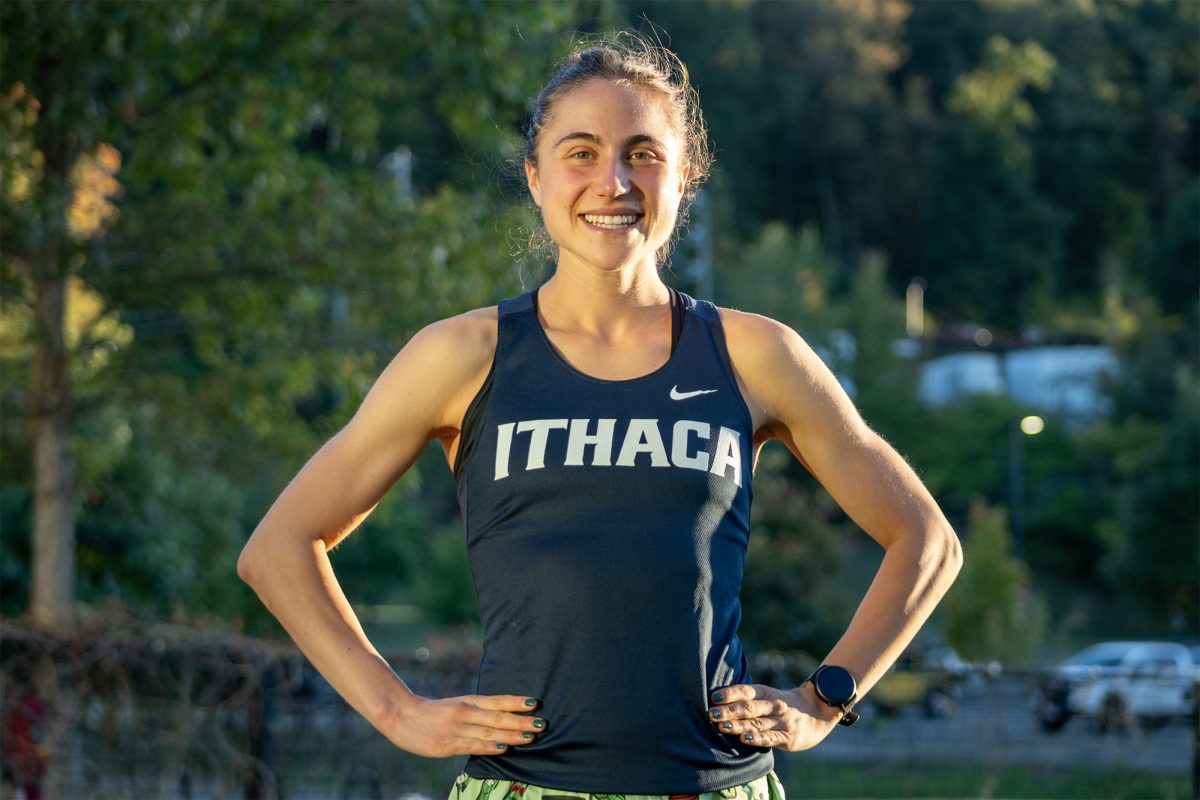While some athletes jump-started their sports careers when they were young, the freshmen rowers on the women’s crew team this season are getting their feet wet for the first time.
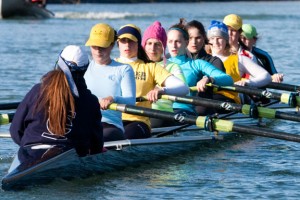
With 20 freshmen on this year’s crew, the Blue and Gold have the task of getting the newcomers, who often come in with little to no previous experience, acclimated with the sport as they begin their collegiate careers.
Freshman coxswain Lindsey Miller, who came into college without any previous rowing experience, said her interest in the sport began at orientation.
“I wanted to get involved in something, but I wasn’t exactly sure what it was,” Miller said. “At orientation, I saw the crew sign-up table. It just looked so cool, but I was worried that I have no strength and because I haven’t done sports.”
Miller said learning to row didn’t come without its challenges.
“I need to be aware of everything else around me — other boats, the course, things in the water, etc.,” she said. “All while motivating my girls and making calls. I do not do the physical aspect of this sport but its just as challenging for me mentally.”
Miller said coxswains are responsible for coordinating the rhythm between rowers and acting as an in-boat coach during races.
For those who are experiencing crew for the first time, they can learn the sport through the team’s learn-to-row program.
The program is structured around learning the basics and establishing technique, which starts with the stroke.
The stroke is made up of the catch, drive, finish and recovery. The catch is where the blade is dropped into the water with control and precision. For the drive, the blade goes through the water, and there needs to be full pressure and power in order to propel the boat. The finish is where the oar is pulled out of the water and transitions into the recovery, where the rower will extend both arms forward in preparation for the next stroke.
Freshman rowers first learn the stroke on an erg rowing machine, which targets different muscle groups and measures an athlete’s’ stroke. Then the rowers go to the Cornell University rowing tanks to learn how to row in a stationary boat before ever getting on the water.
The tanks at Cornell are designed to recreate the rowing experience, Miller said.
“It’s like a boat, but it’s cement with water simulating it,” Miller said.
Senior captain Jiné Andreozzi, who rowed in high school, said one hurdle the newcomers face is developing solid chemistry and synchronization in their boat.
“A lot of times new rowers make mistakes with the recovery timing which leads to [rushing] in the boat,” Andreozzi said
Miller said the experienced rowers have a significant impact on newcomers.
“I’ve become close with senior coxswain Chrissie [Delvalle],” Miller said. “She always gives me pointers on how to encourage my rowers and become closer to them.”
Delvalle said she helps the freshmen by meeting with them and making herself available if they need anything.
“I try to give them as many tips as I can and make sure they understand the basics of how the boathouse runs,” Delvalle said.
Freshman Caroline Dykstra said the learning curve of crew doesn’t differ from other sports.
“The fact that you can join without having any experience says a lot,“ Dykstra said. “You can pick it up, and it is easy to learn the basics. It takes time to get really good at it, though.”
From day one, the upperclassmen try to instill the value of not giving up when the timing is off between new rowers.
“We try to set the example for the training,” Andreozzi said. “The first day that the novices practice, we show them the route to run down to the boathouse and help them out in the weight room.”
Another challenge is the practice schedule. Dykstra said some days training can run from 3:30 to 7 p.m., and time management is key.
“I played sports in high school,” Dykstra said. “It’s nothing compared to how much of a time commitment it is here.”
Throughout the fall, the newcomers learn how to row, but then during the spring they spend the time perfecting their technique.
Andreozzi said she makes it a point to try to talk to the freshmen about the different parts of the season.
“The spring racing season is something I talk to the freshmen about a lot because it’s a total different experience, and it’s a lot of fun,” Andreozzi said. “I just tell them to have a lot of fun and to stick it out.”
For spring break, the women’s and men’s crews go to Georgia for spring training. Miller said the team bonding was vital in identifying where the freshmen fit on the team.
“There was less of a separation of varsity and novice,” she said. “The novice ended up actually feeling like we earned our spot and could feel camaraderie with them.”




